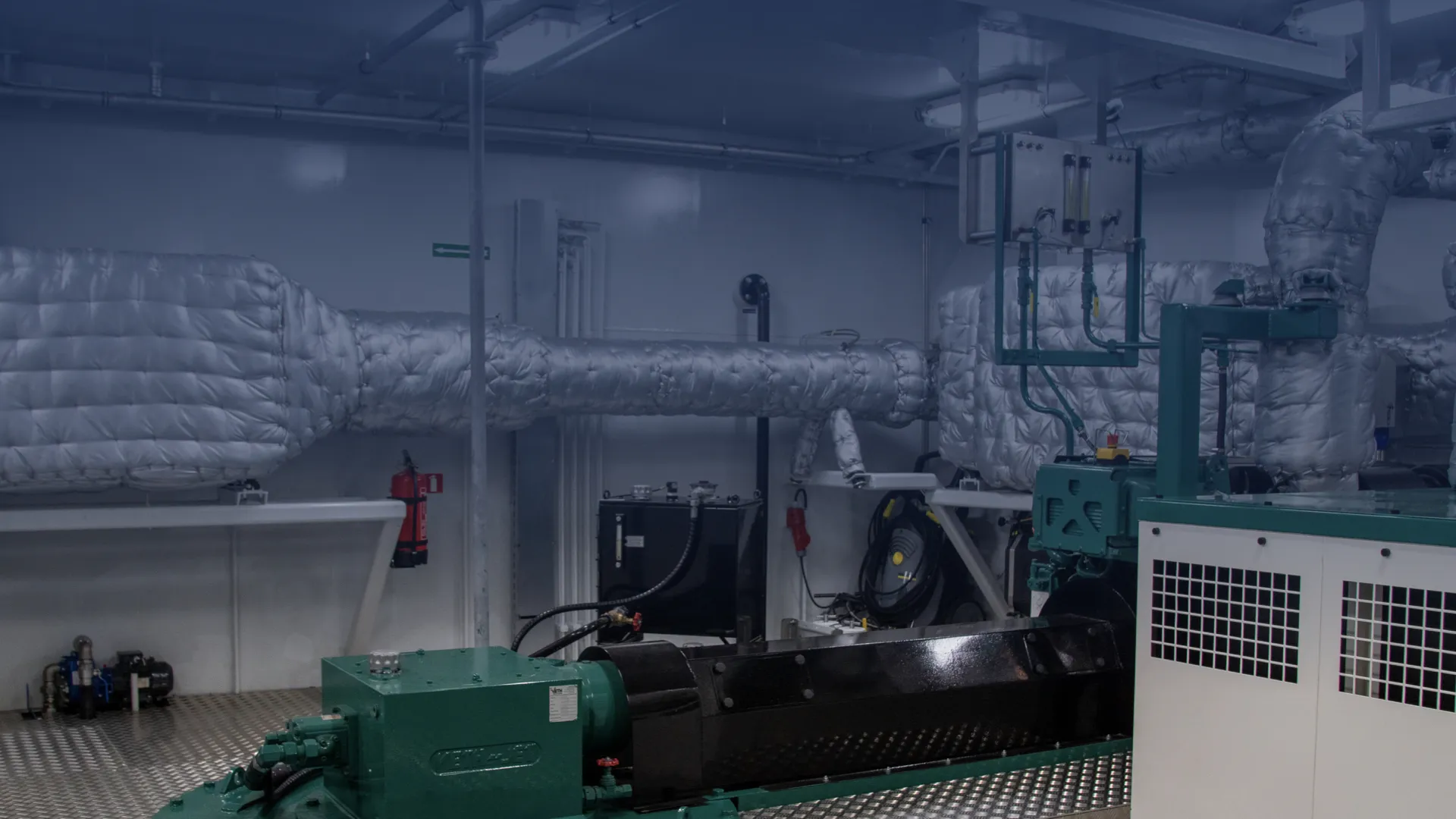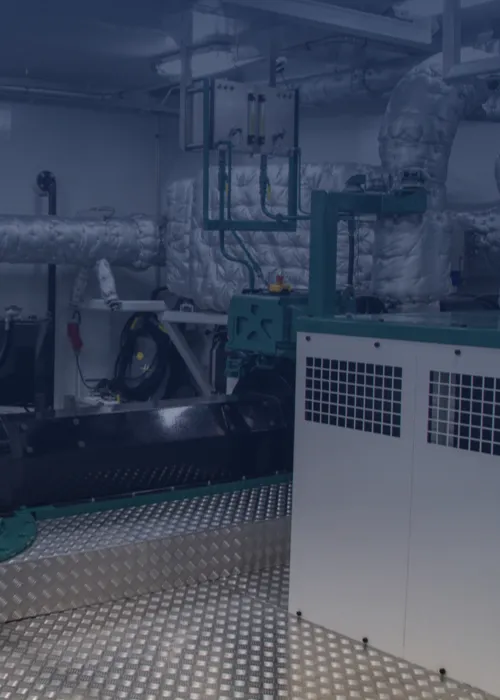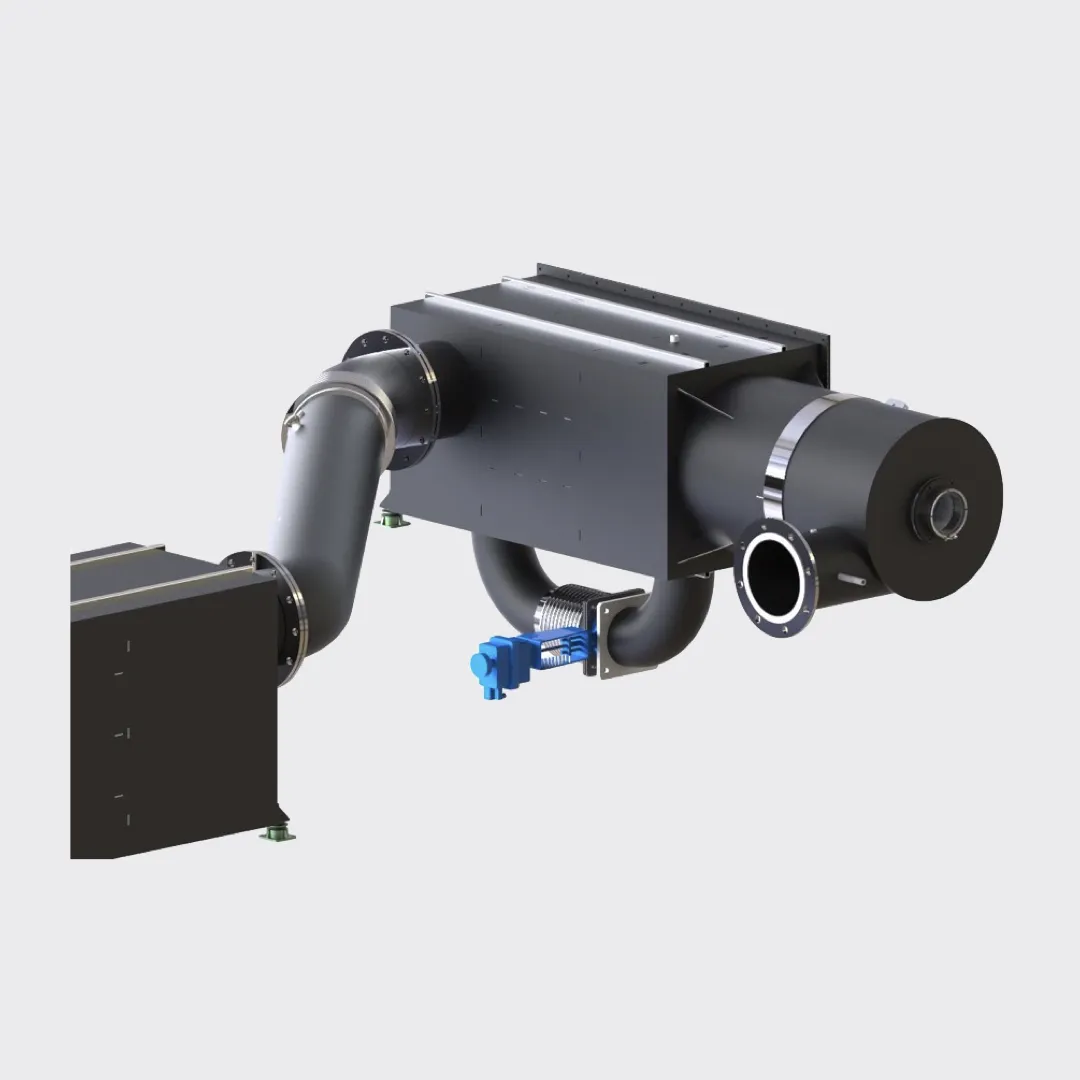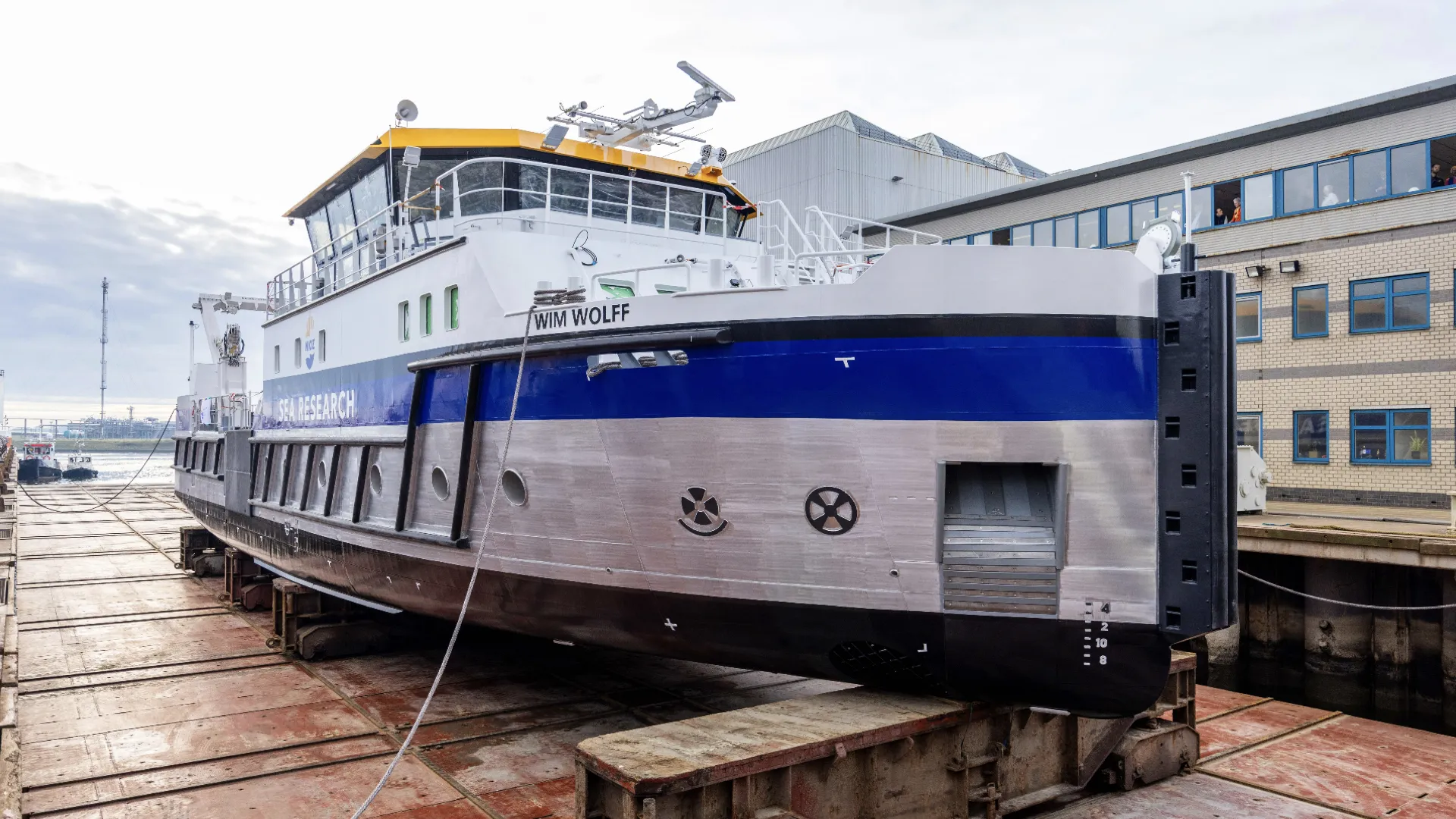
Diesel Particulate Filter (DPF) for Your Ship

The Green Deal for both inland and sea shipping emphasizes concrete agreements to reduce the impact of environmental pollutants. A crucial aspect of the effort to achieve a more sustainable maritime sector is reducing emissions of particulate matter (PM) and particle number (PN). This urgent need to reduce these emissions goes beyond the requirements of this agreement alone. A clear trend is developing, where ports, cargo owners, charterers, and contractors increasingly demand clean ships as a requirement for performing operations. Discover the Diesel Particulate Filter (DPF) from our partner, suitable for both existing and new ship engines.
Diesel Particulate Filter (DPF) for Your Ship
Discover the Diesel Particulate Filter (DPF) from our partner, suitable for both existing and new ship engines.

Technology
When diesel fuel is burned in a ship’s engine, various emissions are emitted, including nitrogen oxides (NOx), carbon monoxide (CO), hydrocarbons (HC), particulate matter (PM), and other harmful particles.
To reduce these emissions, the exhaust gases from the diesel engine often undergo a process where they are first passed through a diesel particulate filter, followed by treatment with the SCR catalyst.
Both emission-reducing technologies are essential for complying with the European Stage V emission requirements for inland shipping.
Properties
Whether it’s a non-certified (pre-CCR), CCR-1, or CCR-2 engine, each diesel particulate filter is custom-designed to seamlessly integrate with your specific engines, vessel type, user profile, and available space in the engine room.
Additionally, if desired, the diesel particulate filter can be combined with an SCR catalyst to also significantly reduce nitrogen (NOx) emissions.

Inland Shipping
Since January 1, 2011, inland vessels that meet specific environmental requirements may qualify for the prestigious Green Award.
Maritime Shipping
While the IMO Tier III emission requirements in maritime shipping are primarily aimed at reducing nitrogen oxides (NOx) and not specifically particulate matter (PM), there is a growing trend among maritime shipping companies and contractors to reduce PM emissions using diesel particulate filters to meet the Stage V inland shipping standard, even if this is not legally required.
This development is driven by a combination of sustainability goals, increasing public pressure, and financial incentives from governments.
In Practice
As a practical example in inland shipping, take an existing barge combination, where the first EPA Tier IV-final-certified 3512E Caterpillar engines were installed. These engines were then equipped with SCR catalysts and the self-cleaning Diesel Particulate Filters (DPF) from our partner.
To provide another example from a different sector, a new research vessel is also equipped with three particulate filters.

Technology
When diesel fuel is burned in a ship’s engine, various emissions are emitted, including nitrogen oxides (NOx), carbon monoxide (CO), hydrocarbons (HC), particulate matter (PM), and other harmful particles. To reduce these emissions, the exhaust gases from the diesel engine often undergo a process where they are first passed through a diesel particulate filter, followed by treatment with the SCR catalyst. Both emission-reducing technologies are essential for complying with the European Stage V emission requirements for inland shipping.
Properties
Whether it’s a non-certified (pre-CCR), CCR-1, or CCR-2 engine, each diesel particulate filter is custom-designed to seamlessly integrate with your specific engines, vessel type, user profile, and available space in the engine room. Additionally, if desired, the diesel particulate filter can be combined with an SCR catalyst to also significantly reduce nitrogen (NOx) emissions.

Inland Shipping
Since January 1, 2011, inland vessels that meet specific environmental requirements may qualify for the prestigious Green Award. This initiative aims to reward inland shipping entrepreneurs who make more than the average effort to make their vessel more environmentally friendly than the existing standards require. In addition to an improved image, the Green Award offers various benefits, including a better position in obtaining cargo, discounts on port dues, and favorable financing options from banks.
The Green Award operates on a points system. Installing a diesel particulate filter combined with an SCR catalyst can quickly lead to earning significant points, qualifying your inland vessel for this recognition. A notable example is a shipping company from Ouderkerk aan den IJssel, which, together with us and our partner, succeeded in obtaining the Green Award with a crane ship from 1964. This resulted in a multi-year contract with the Port of Rotterdam Authority, underscoring the value of this certification.
Maritime Shipping
While the IMO Tier III emission requirements in maritime shipping are primarily aimed at reducing nitrogen oxides (NOx) and not specifically particulate matter (PM), there is a growing trend among maritime shipping companies and contractors to reduce PM emissions using diesel particulate filters to meet the Stage V inland shipping standard, even if this is not legally required. This development is driven by a combination of sustainability goals, increasing public pressure, and financial incentives from governments.
In Practice
As a practical example in inland shipping, take an existing barge combination, where the first EPA Tier IV-final-certified 3512E Caterpillar engines were installed. These engines were then equipped with SCR catalysts and the self-cleaning Diesel Particulate Filters (DPF) from our partner. To provide another example from a different sector, a new research vessel is also equipped with three particulate filters.
Frequently Asked Questions
For which types of vessels is this diesel particulate filter suitable?
This Diesel Particulate Filter (DPF), also known as a soot filter, is custom-designed with a focus on diversity and flexibility to serve a wide range of vessel types across various sectors. Examples include: ocean-going vessels, coastal shipping, cruise ships, fast ferries, offshore, inland shipping, dredging, fishing, navy, and mega yacht construction, where both existing and new ships can be equipped.
To determine if this technology is suitable for your specific vessel, several factors need to be considered. For instance, if you aim to achieve Stage V emission limits with your existing non-certified (pre-CCR), CCR-1, or CCR-2 engine, it is crucial to carefully evaluate factors such as engine type, usage profile, and available space in the engine room.
